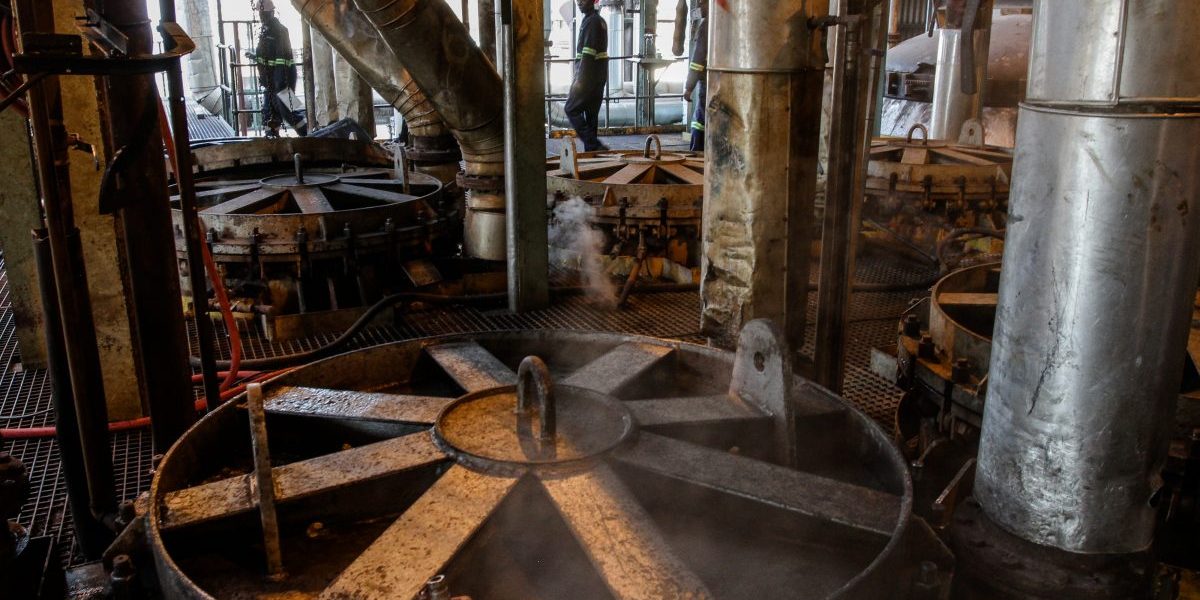Synopsis:
This paper looks at five SADC countries: South Africa, Mozambique, Zambia, Tanzania and Mauritius, and provides practical policy proposals to develop regional value chains in agro-processing sectors (food processing value chains). The chosen countries are important economies in SADC for various reasons. Mauritius and South Africa have more industrialised economies with high gross domestic product per capita, and South Africa has the largest market for processed food within the SADC region. On the other hand, Mozambique, Zambia and Tanzania are large countries with the potential for growth in agricultural production, and Mozambique and Zambia can potentially supply food to the South African market.
The paper looks at recent trends in each country, variations related to weather, and step-wise changes that have occurred or are underway. It draws on comparative insights across the countries in key value chains and assesses regional developments, including actual and potential cross-country linkages. The paper begins by exploring the links between agro-processing value chains, industrialisation and climate change. It then reviews agro-ecological conditions and trade patterns in all five SADC countries. In conclusion, the paper looks at competiveness, climate change adaption and challenges to value chain development in two key value chains in the region: sugar and soya.
Key findings:
- South Africa is a large and important market for processed foods. However, growth in demand is likely to come from countries such as Tanzania, Mozambique and Zambia, owing to population growth and rising urbanisation.
- In Zambia farmers are increasingly growing soya in rotation with maize owing to the growth in demand for poultry feed across Southern Africa. The increase in soya production in Zambia has led to an annual growth rate of 24.5% between 2004 and 2014. This production has continued to increase since 2014, with a total production of 351 416 metric tonnes in the 2016/17 season because of the incorporation of more small- and medium-scale farmers into the soybean value chain.
- Tanzania has opportunities for growth in agriculture and agro-processing, as the country has abundant natural resources. Different agro-ecological zones also give it a comparative advantage in the production of various crops.
- Mozambique is a net exporter of unprocessed tobacco and raw sugar. Between 2012 and 2016 it exported an average of $24 million in unprocessed tobacco per year, but imported cigars, cigarettes and other tobacco products. This indicates that there are opportunities for investment at the processing level of the tobacco value chain.
- Mauritius is not strongly integrated into regional food-processing value chains and sources many of its processed food products from European and Asian markets. It could be integrated into the regional value chain by replacing current deep-sea imports (frozen fish, dairy products and cereals) with imports from SADC countries. Mauritius could also kick-start the establishment of a processed fish value chain within the SADC region.
- Zambia, Tanzania and Mozambique have the greatest potential for increased soybean production. South Africa is not well suited to this owing to its dry climate.
Recommendations:
- Strengthen regional value chains in oilseeds and sugar – this requires addressing the high cost of transport, eg, backhauls between Zambia and South Africa.
- Develop ‘regional supermarket pacts’ between supermarkets and smaller processers to create competition with established suppliers and support new brands.
- Harmonise standards within SADC for key commodities (quality standards, health standards and product specification).
- Review policies related to the sugar sector, including longstanding agreements protecting established sugarcane growers and millers in the SADC region that keep sugar prices high.
- Create a living database or market observatory to track firm conduct and build an understanding of large firms’ regional strategies.
- Increase storage capacity in Zambia and Tanzania.

